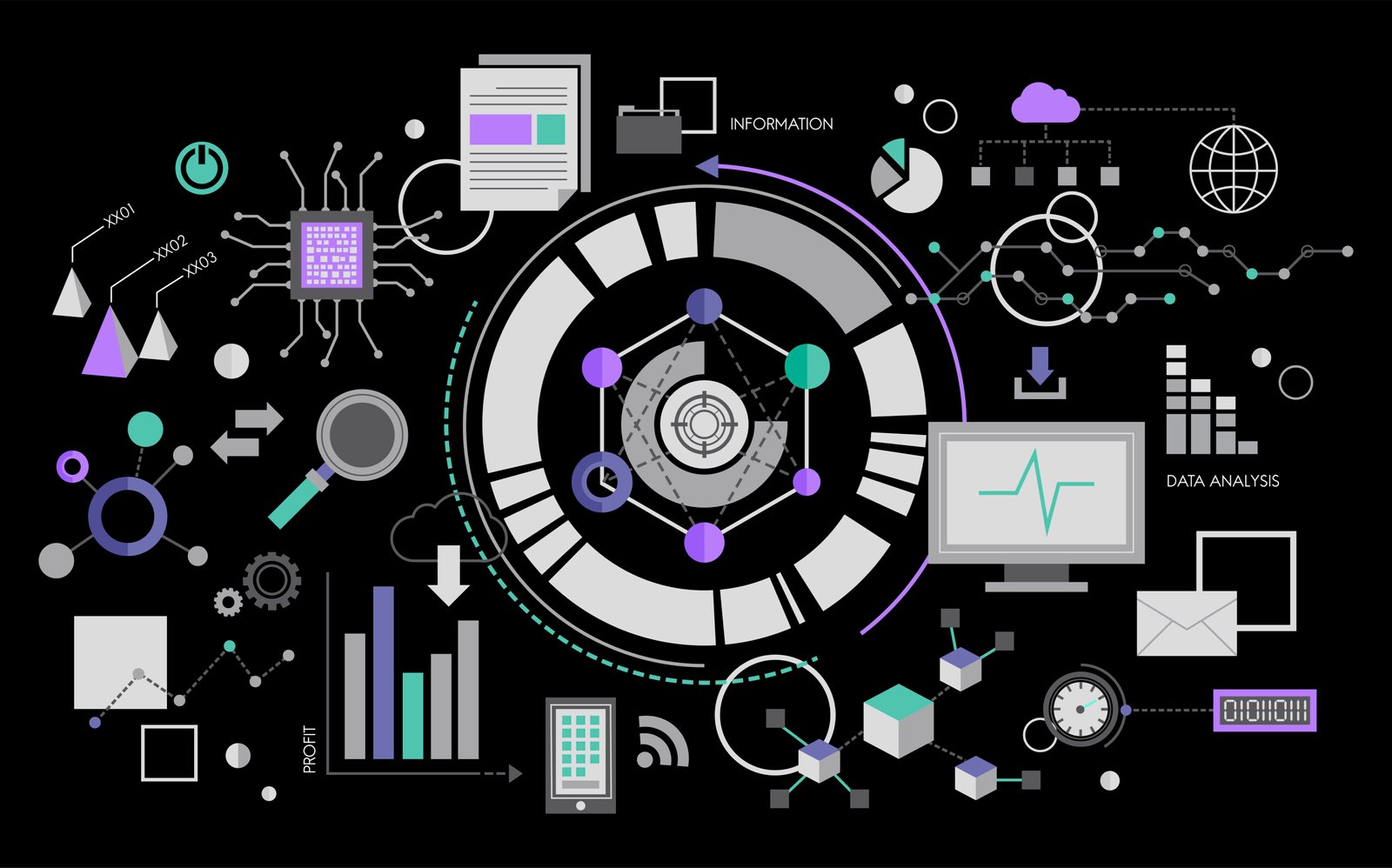In today’s digital landscape, businesses operate across multiple applications, cloud platforms, and data sources. The challenge? Ensuring seamless integration across these diverse systems. This is where an iPaaS solution (Integration Platform as a Service) steps in, revolutionizing the way businesses manage integrations. Whether you’re a startup or an enterprise, leveraging an iPaaS solution ensures scalability, flexibility, and efficiency in your business processes.
Understanding iPaaS: A Game-Changer for Business Integrations
An iPaaS solution is a cloud-based platform that simplifies and automates data integration between different applications, whether on-premises or in the cloud. Unlike traditional integration methods, which require heavy IT involvement and custom coding, iPaaS provides a unified approach to integration with minimal effort.
Key Features of an iPaaS Solution:
- Cloud-Native Flexibility: Enables businesses to integrate applications without relying on legacy infrastructure.
- Pre-Built Connectors: Supports integration with various SaaS, PaaS, and on-premises applications.
- Real-Time Data Synchronization: Ensures data consistency across platforms.
- Scalability: Adapts to growing business needs effortlessly.
- Low-Code/No-Code Interface: Empowers non-technical users to manage integrations easily.
Why iPaaS Is the Future of Business Integrations
1. Scalability for Growing Businesses
As your business expands, the number of applications and data sources increases. Traditional point-to-point integrations become inefficient and unmanageable. An iPaaS solution offers:
- Seamless scalability to accommodate business growth.
- Automated workflows to eliminate manual data handling.
- Centralized management of multiple integrations from a single platform.
For businesses that experience seasonal fluctuations or rapid growth, scalability is crucial. iPaaS ensures that your integration infrastructure evolves alongside your business, without requiring significant redevelopment efforts.
2. Improved Operational Efficiency
Manual integrations lead to inefficiencies and errors. With an iPaaS solution, you benefit from:
- Automated data flows that reduce errors and improve accuracy.
- Real-time insights for better decision-making.
- Enhanced productivity by eliminating repetitive tasks.
By automating repetitive tasks and minimizing the need for manual data entry, an iPaaS solution frees up your IT and business teams to focus on strategic initiatives, rather than fixing integration errors.
3. Cost Savings and Faster Time-to-Market
Investing in an iPaaS solution reduces the need for expensive IT resources and manual intervention. Businesses gain:
- Lower integration costs by eliminating the need for extensive custom coding.
- Quick deployment of new integrations without disrupting operations.
- Faster product and service launches by enabling seamless application connectivity.
Traditional integrations require weeks or months to implement, but with an iPaaS solution, businesses can deploy integrations within hours or days, significantly reducing time-to-market.
4. Seamless Multi-Cloud and Hybrid Cloud Integration
With businesses increasingly adopting multi-cloud strategies, an iPaaS solution facilitates:
- Unified connectivity across multiple cloud platforms (AWS, Azure, Google Cloud, etc.).
- Hybrid integration capabilities for businesses running a mix of cloud and on-premises applications.
- Secure data transfers across different environments.
For enterprises with diverse IT ecosystems, an iPaaS solution eliminates data silos, ensuring smooth interoperability between cloud-based and on-premises applications.
5. Enhanced Security and Compliance
Data security and compliance are top concerns for businesses handling sensitive information. An iPaaS solution provides:
- Built-in security protocols such as encryption and access control.
- Compliance with regulations like GDPR, HIPAA, and SOC 2.
- Audit trails and monitoring for improved transparency.
By centralizing security management, businesses can enforce consistent policies across integrations, minimizing vulnerabilities and enhancing overall security.
How to Implement an iPaaS Solution in Your Business
Step 1: Assess Your Integration Needs
- Identify key applications and data sources.
- Define integration goals (e.g., automation, real-time data sync, scalability).
- Determine compliance and security requirements.
Understanding your unique integration challenges will help you select an iPaaS solution that aligns with your business objectives.
Step 2: Choose the Right iPaaS Solution
- Look for an iPaaS solution that supports your existing tech stack.
- Evaluate the platform’s ease of use, pre-built connectors, and scalability.
- Ensure the solution aligns with your budget and long-term goals.
Selecting an iPaaS solution with pre-built integrations and automation capabilities will accelerate deployment and reduce implementation costs.
Step 3: Configure and Automate Workflows
- Utilize pre-built templates and connectors to speed up deployment.
- Automate repetitive tasks to reduce manual intervention.
- Set up monitoring tools to track integration performance.
An iPaaS solution provides drag-and-drop automation tools, allowing businesses to build complex workflows without extensive coding.
Step 4: Test and Optimize
- Conduct testing to ensure seamless data flow.
- Gather feedback from users to refine integration workflows.
- Continuously monitor and optimize performance.
Regular testing and performance monitoring help ensure that your iPaaS solution operates smoothly and delivers maximum efficiency.
Conclusion: Future-Proof Your Business with iPaaS
As businesses continue to adopt digital transformation, an iPaaS solution is no longer a luxury but a necessity. By offering seamless scalability, automation, and enhanced security, iPaaS empowers businesses to integrate applications effortlessly, reduce operational costs, and improve efficiency.
Whether you’re looking to connect cloud platforms, automate workflows, or enhance data security, implementing an iPaaS solution is the key to staying ahead in a competitive digital world.



